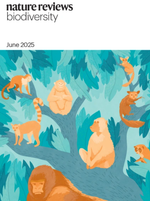Wolf Huetteroth, Emmanuel Perisse, Suewei Lin, Martín Klappenbach, Christopher Burke, Scott Waddell doi:10.1016/j.cub.2015.01.036
View Journal Article / Working PaperDopaminergic neurons provide reward learning signals in mammals and insects. Recent work in Drosophila has demonstrated that water-reinforcing dopaminergic neurons are different to those for nutritious sugars. Here, the research authors tested whether the sweet taste and nutrient properties of sugar reinforcement further subdivide the fly reward system. They found that dopaminergic neurons expressing the OAMB octopamine receptor specifically convey the short-term reinforcing effects of sweet taste. These dopaminergic neurons project to the β′2 and γ4 regions of the mushroom body lobes. In contrast, nutrient-dependent long-term memory requires different dopaminergic neurons that project to the γ5bregions, and it can be artificially reinforced by those projecting to the β lobe and adjacent α1 region. Surprisingly, whereas artificial implantation and expression of short-term memory occur in satiated flies, formation and expression of artificial long-term memory require flies to be hungry. These studies suggest that short-term and long-term sugar memories have different physiological constraints. They also demonstrate further functional heterogeneity within the rewarding dopaminergic neuron population.




